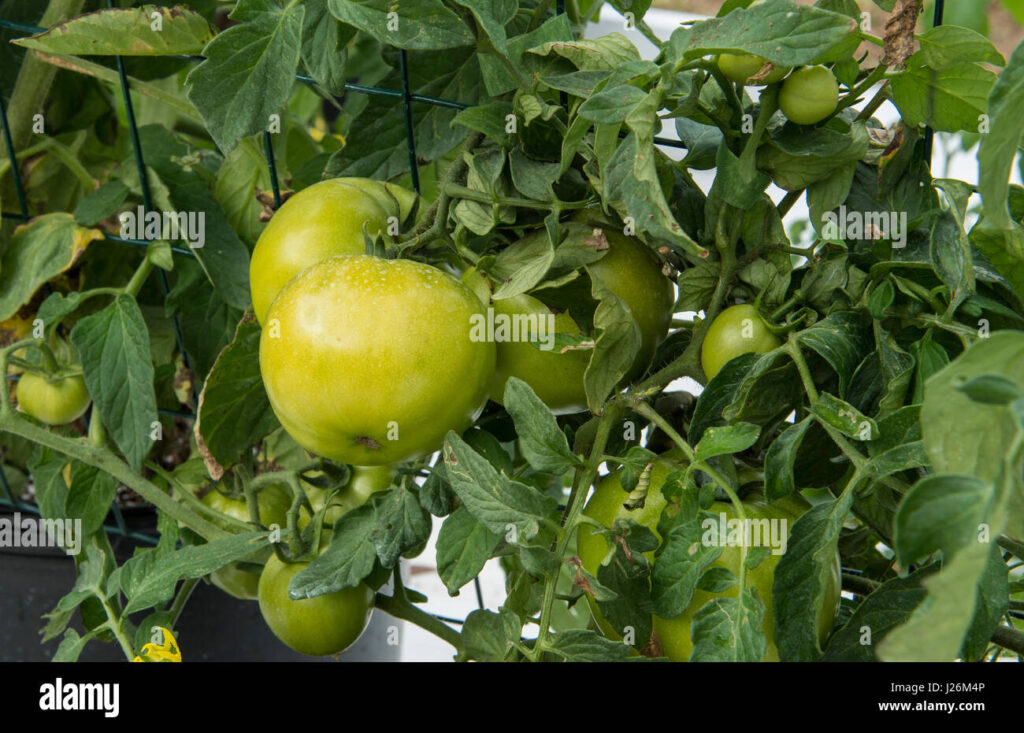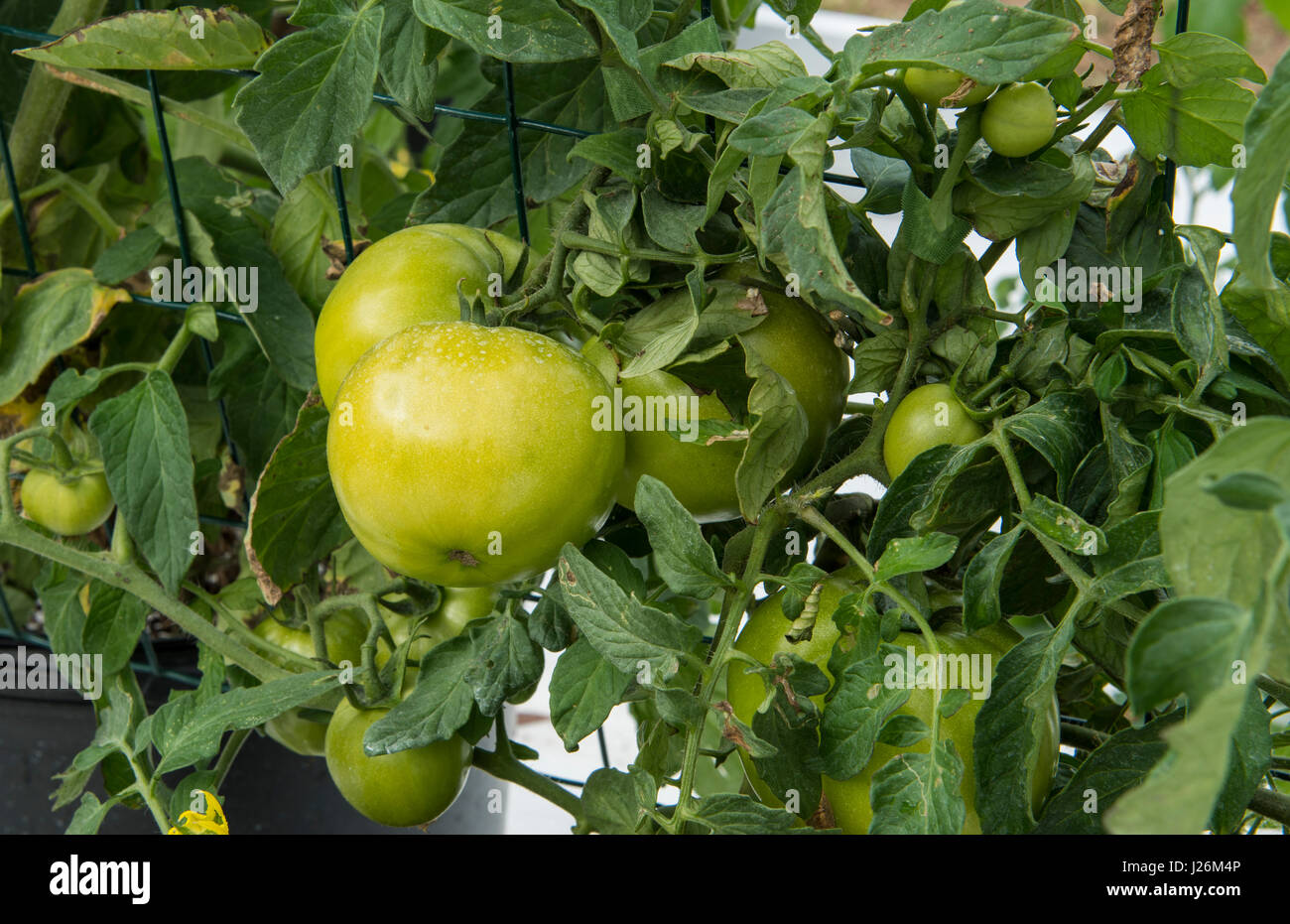
Thriving Gardens: Organic Vegetable Gardening in Central Florida
Central Florida presents unique challenges and opportunities for gardeners. The subtropical climate, characterized by hot, humid summers and mild winters, requires specific strategies to cultivate a successful organic vegetable garden. This article delves into the essential techniques for organic vegetable gardening in Central Florida, providing a comprehensive guide for both novice and experienced gardeners.
Understanding Central Florida’s Climate
Before planting a single seed, understanding the local climate is paramount. Central Florida’s USDA hardiness zones are primarily 9a and 9b. This means the average minimum winter temperature ranges from 20°F to 30°F. While this relatively mild winter allows for year-round gardening, the intense summer heat and humidity can stress many plants. Moreover, the sandy soil common in the region drains quickly, necessitating careful attention to soil preparation and watering.
Dealing with Sandy Soil
Central Florida’s sandy soil, while well-draining, is often nutrient-poor. Amending the soil with organic matter is crucial for successful organic vegetable gardening in Central Florida. Compost, well-rotted manure, and other organic amendments improve water retention, provide essential nutrients, and enhance soil structure. Regular additions of organic matter will gradually transform the sandy soil into a fertile growing medium. Consider using cover crops like buckwheat or sun hemp during fallow periods to further enrich the soil.
Watering Strategies for Success
Consistent watering is vital, especially during the dry season. Drip irrigation is an efficient method to deliver water directly to the roots, minimizing water waste and reducing the risk of fungal diseases. Mulching around plants with organic materials like straw or wood chips helps to retain moisture in the soil. Monitor soil moisture levels regularly and adjust watering schedules accordingly. Overwatering can be just as detrimental as underwatering, particularly in sandy soil.
Choosing the Right Vegetables
Selecting vegetables that thrive in Central Florida’s climate is key to a productive garden. Consider planting heat-tolerant varieties during the warmer months and cold-hardy vegetables during the cooler season. Here are some excellent choices for organic vegetable gardening in Central Florida:
- Tomatoes: Choose heat-set varieties like ‘Florida 91’ or ‘Solar Fire’ for summer production.
- Peppers: Bell peppers, jalapeños, and other peppers thrive in the warm climate.
- Eggplant: This heat-loving vegetable is well-suited to Central Florida’s summers.
- Okra: A Southern staple that thrives in the heat.
- Southern Peas: Black-eyed peas, crowder peas, and other Southern peas are excellent choices.
- Leafy Greens: Collard greens, kale, and spinach can be grown during the cooler months.
- Root Vegetables: Carrots, radishes, and turnips can be successfully grown during the fall and winter.
Seasonal Planting Guide
Central Florida’s extended growing season allows for multiple crops per year. A well-planned planting schedule is essential for maximizing yields. Consider starting seeds indoors several weeks before the last expected frost in the spring and again in the late summer for fall and winter crops. Here is a basic seasonal planting guide for organic vegetable gardening in Central Florida:
- Spring (February-May): Tomatoes, peppers, eggplant, okra, beans, squash, cucumbers.
- Summer (June-August): Heat-tolerant tomatoes, peppers, okra, Southern peas, sweet potatoes.
- Fall (September-November): Leafy greens (kale, collards, spinach), root vegetables (carrots, radishes, turnips), broccoli, cauliflower.
- Winter (December-January): Leafy greens, root vegetables, peas, strawberries.
Organic Pest and Disease Management
Maintaining a healthy organic vegetable garden in Central Florida requires proactive pest and disease management. Avoid synthetic pesticides and herbicides by implementing organic control methods. Companion planting, crop rotation, and beneficial insects are valuable tools in the organic gardener’s arsenal.
Companion Planting
Companion planting involves strategically planting different species together to benefit each other. For example, planting basil near tomatoes can deter pests and improve tomato flavor. Marigolds are known to repel nematodes and other soil pests. Research companion planting combinations to maximize the benefits in your garden.
Crop Rotation
Crop rotation involves rotating the location of different crops each season. This helps to prevent the buildup of soilborne pests and diseases. Avoid planting the same type of vegetable in the same location year after year. Rotate between different plant families to disrupt pest and disease cycles.
Beneficial Insects
Attract beneficial insects to your garden to help control pests. Ladybugs, lacewings, and parasitic wasps are natural predators of many common garden pests. Provide habitat for beneficial insects by planting flowering plants like sunflowers, zinnias, and cosmos. Avoid using broad-spectrum insecticides that can harm beneficial insects.
Common Pests and Diseases in Central Florida
Be aware of common pests and diseases that affect vegetables in Central Florida. Aphids, whiteflies, and spider mites are common sucking insects that can damage plants. Fungal diseases like powdery mildew and blight can also be problematic, especially during humid weather. Inspect your plants regularly for signs of pests or diseases and take action promptly.
For aphids, a strong blast of water from a hose can dislodge them. Insecticidal soap or neem oil can also be effective. For fungal diseases, improve air circulation around plants by pruning and spacing them properly. Copper-based fungicides can be used as a preventative measure.
Soil Preparation and Amendments
As mentioned earlier, soil preparation is fundamental to organic vegetable gardening in Central Florida. Start by testing your soil to determine its pH and nutrient levels. Most vegetables prefer a slightly acidic to neutral pH (6.0-7.0). Amend the soil based on the test results. Incorporate plenty of organic matter, such as compost, well-rotted manure, or leaf mold. Consider adding slow-release organic fertilizers to provide essential nutrients.
Composting
Composting is an excellent way to recycle kitchen scraps and yard waste into a valuable soil amendment. Create a compost pile or use a compost bin to decompose organic materials. Turn the compost regularly to aerate it and speed up the decomposition process. Use finished compost to enrich your garden soil.
Raised Beds and Containers
Raised beds and containers are popular options for organic vegetable gardening in Central Florida. They offer several advantages, including improved drainage, better soil control, and easier access for weeding and harvesting. Fill raised beds and containers with a high-quality potting mix or a blend of compost, peat moss, and perlite.
Harvesting and Enjoying Your Bounty
Harvest your vegetables at their peak ripeness for the best flavor and nutritional value. Regularly harvesting encourages plants to produce more. Enjoy the fruits (and vegetables!) of your labor by incorporating your homegrown produce into your meals. Share your harvest with friends and neighbors to spread the joy of organic vegetable gardening in Central Florida.
Resources for Central Florida Gardeners
Numerous resources are available to support organic vegetable gardening in Central Florida. The University of Florida IFAS Extension provides valuable information on gardening practices, pest and disease management, and plant selection. Local nurseries and garden centers offer expert advice and a wide selection of plants and supplies. Online gardening forums and communities provide a platform for sharing tips and experiences with other gardeners. [See also: Florida Vegetable Gardening Guide] [See also: Central Florida Extension Office].
Organic vegetable gardening in Central Florida can be a rewarding and sustainable way to produce fresh, healthy food. By understanding the local climate, choosing the right vegetables, implementing organic pest and disease management practices, and preparing the soil properly, you can create a thriving garden that provides you with a bountiful harvest year-round. Start small, experiment with different techniques, and enjoy the process of learning and growing.

